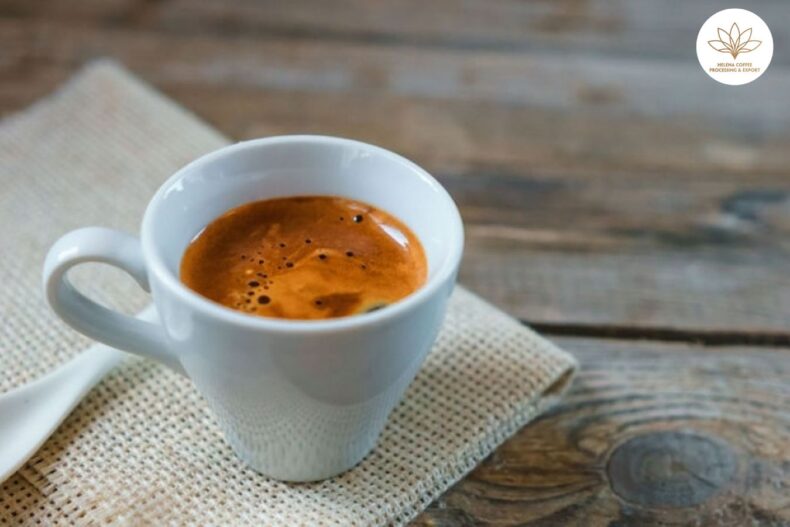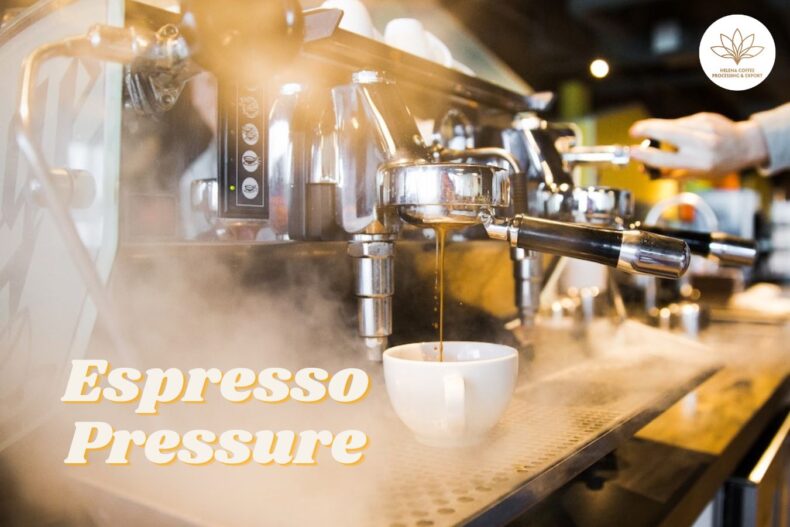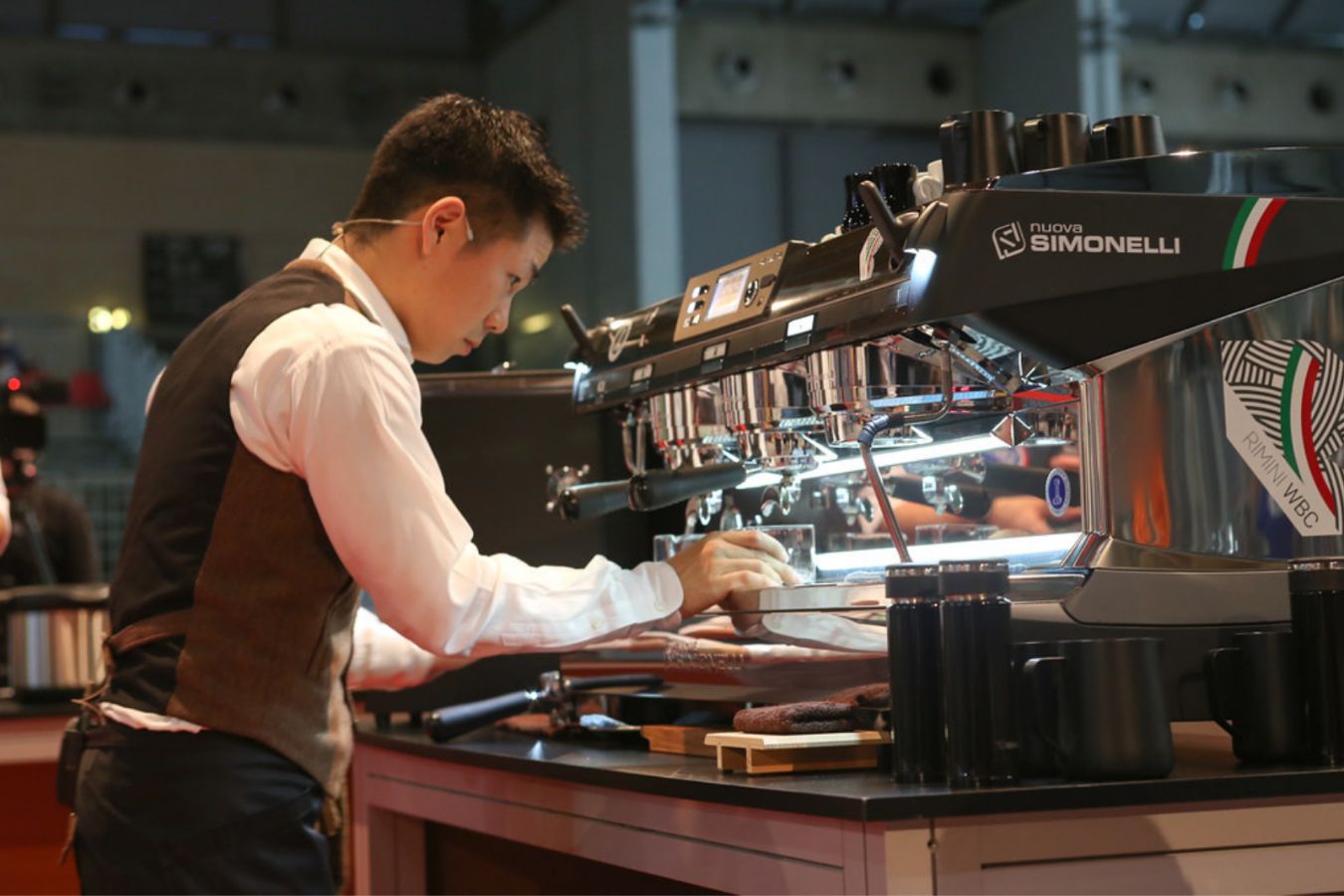
Compare Boiler Espresso Machines And Heat Exchangers: There have been many debates about the pros and cons of the machine Espresso form of heat exchangers ( Heat Exchanger – HX ) and Espresso machine double-boiler types ( Double Boilers ).
Which factors are considered include temperature stability, pressure, operability. Choosing a suitable machine is essential before considering other factors (cost, maintenance) for choosing an espresso machine that suits your needs.
Boiler Espresso Machines
Before talking about espresso machines with two boilers (Double Boilers) or many boilers (Multi boilers), we must understand what a “Boiler” boiler Espresso machine is.
A boiler is a water heater placed inside the coffee machine; water will be pumped into the boiler to raise it to the espresso brewing temperature or boiling temperature to get hot water, and take the steam to beat milk.
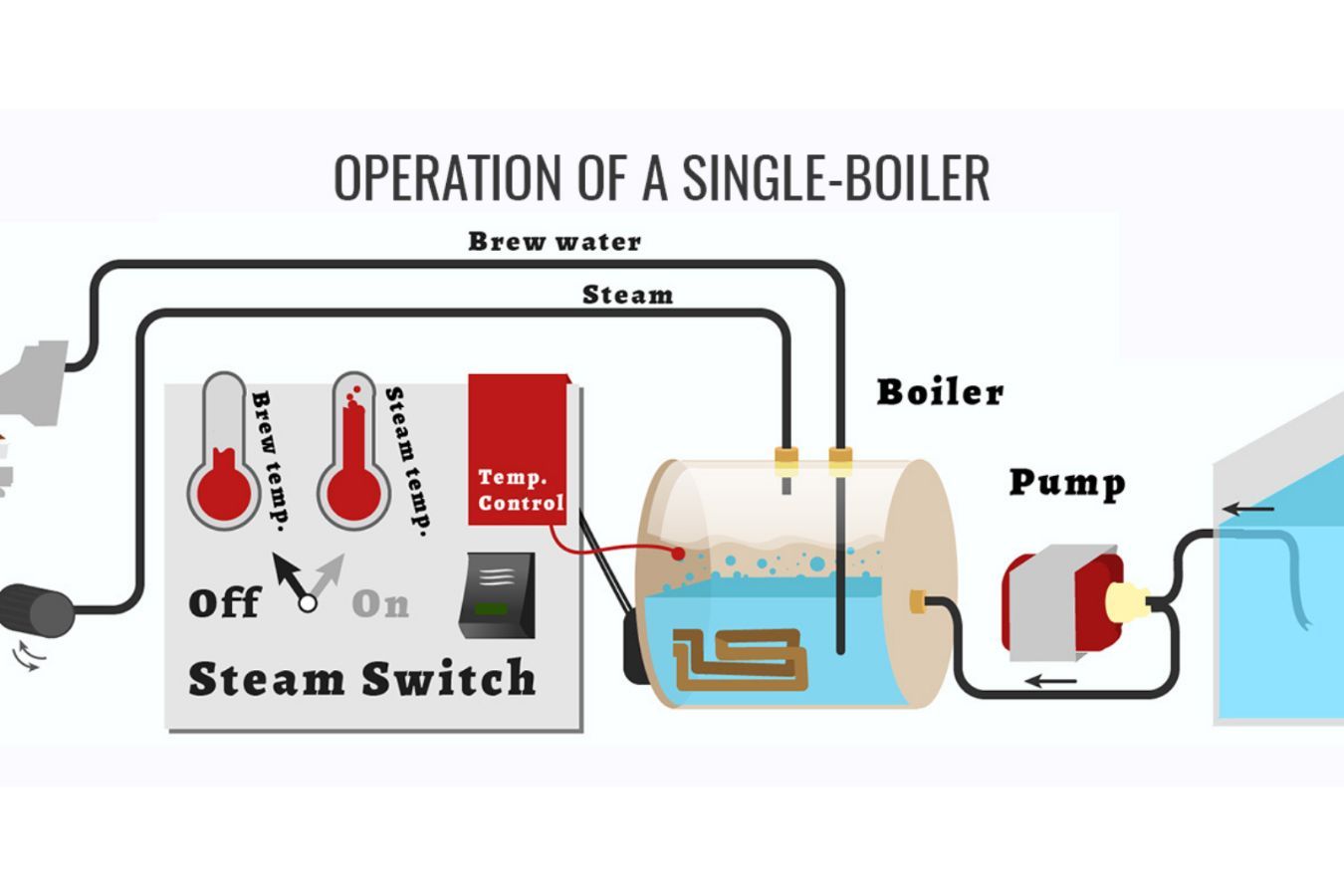
As we all know, the Espresso machine is not only for Vietnam-extracted Espresso, which in other functions that is emulsifying (steam milk) to do dishes latte or cappucino “floating.” And to produce steam for this, the steam tank in the machine will heat the water to 100°C.
The problem is that the extraction temperature of Espresso is often lower than the boiling point (91-96 o C). So, with older espresso machines, the water is only heated to the right temperature to extract Espresso coffee, then wait for the boiling temperature to steam the milk. That is not to mention that the pressure also fluctuates and is unstable if you do many things simultaneously.
That’s why we need two boilers – Double Boilers, or another solution – Heat exchanger or Thermoblock
The boiler has a heating element with two thermostats in single boiler machines. A thermostat is within the ideal temperature range for brewing coffee. The other is used to boil water and create steam.
Heat exchanger espresso machine
A Heat Exchanger (HX) Espresso machine includes a boiler for steam extraction – the boiler has only one job to maintain a high enough temperature to supply steam.
There will be one (or several) spiral copper tube heat exchanger systems going through the pot in the boiler. When you brew Espresso, a pump will bring cold water (from the water source) through the heat exchanger tube system, heated by the water in the boiler, and then to the extraction group.
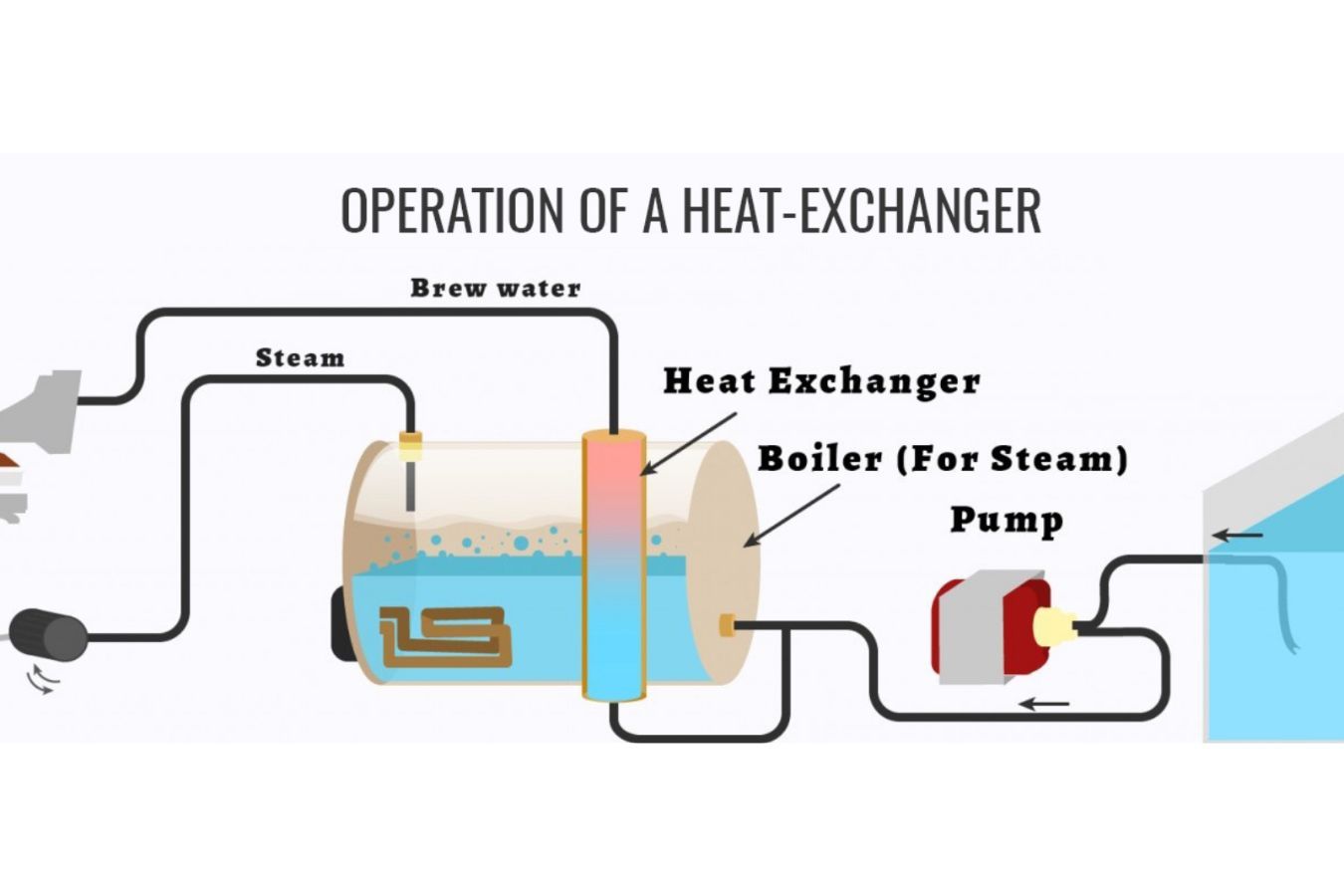
For machines that use a heat exchanger because the brewed water is separate from the boiler, we can steam the milk “carefree” during extraction. However, the water temperature passing through the heat exchanger is more challenging to control.
The longer the water stays in the exchange coil, the hotter it gets, which is why many baristas flush a small stream of water before starting extraction – aka “surfing.”
Another option, quite similar to the heat exchanger coil, is the Thermoblock kit. Thermoblock is a thick piece of metal with a wave of tubing inside; When the entire metal block is heated to the appropriate phase temperature, the pump will push the water through the ring to the extraction group. This way of heating is slightly faster than passing water through the heat exchanger coil.
Double Boilers Espresso Series
For espresso machines that require continuous dispensing, an alternative is available to fill the gap in temperature stability on the HX series. It’s a two-boiler espresso machine. The pump will work with two separate boilers in this model, one for Espresso and one for boiling water only.
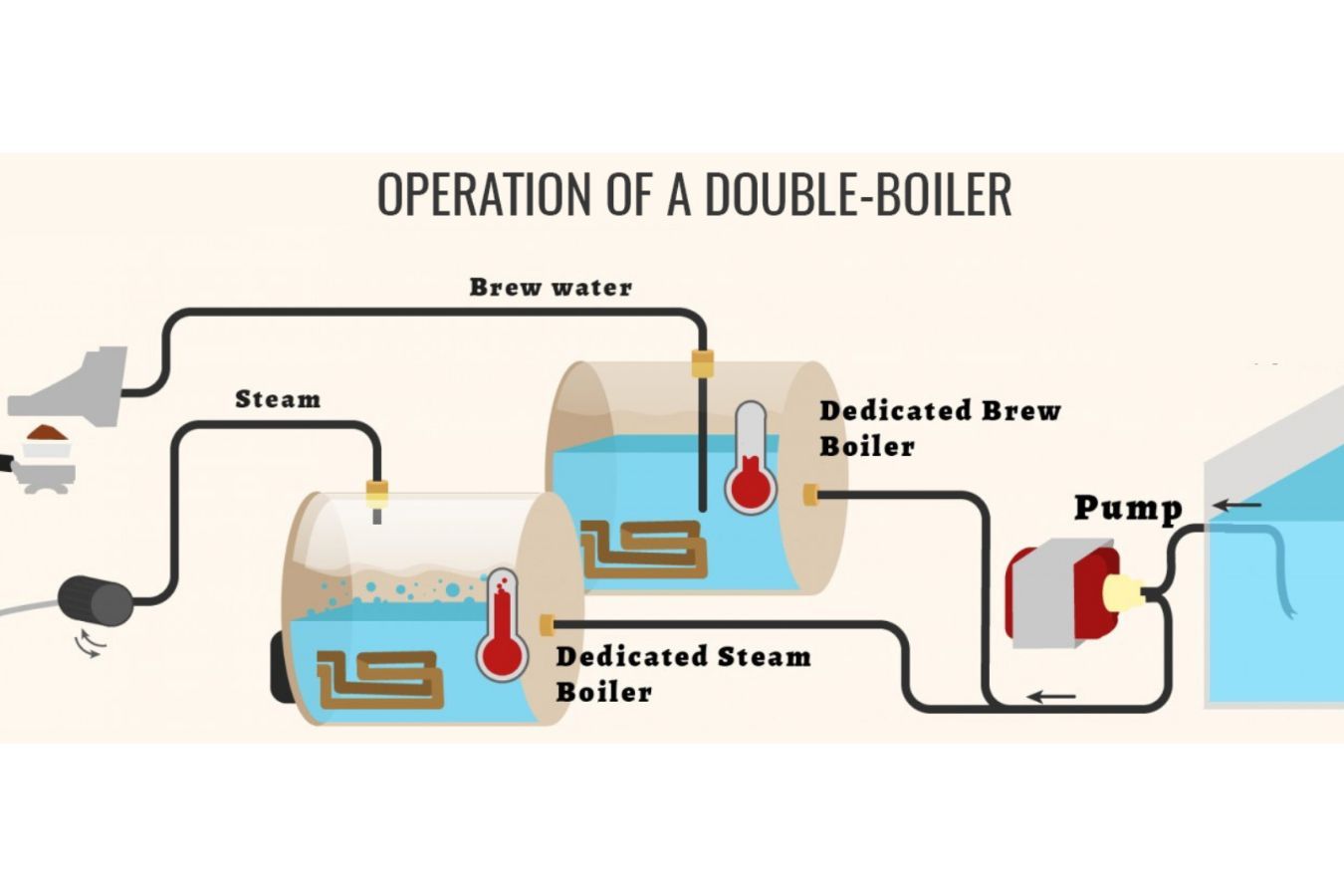
Most dual-boiler espresso machines have separate controls for optimal parameter settings for each boiler so that the temperature for both boilers can be carefully controlled.
However, one of the biggest obstacles to this dual boiler arrangement is the machine’s cost and the high operating costs. Therefore, only the 3rd waveforms cafe – Third Wave (focus on the quality of the Specialty Coffee ) new selection of models like Aurelia II T3 or Strada EP.
Why have two boilers when there are heat exchangers?
Although the machines using heat exchangers proved to be quite superior and relatively suitable for most coffee shops’ preparation requirements, the new Espresso Multi-boilers is truly the next generation in the history of espresso machines. Manufacturers from Italy made them order from American cafes.
As demand soars from the second wave of coffee, many trained baristas are required. However, the US needed the machine for amateur baristas, so Multi-boilers were invented to replace the HX. No need to predict the temperature, no need to wait to mix. Large coffee shops began to use them and soon became globally popular.
This machine has long been associated with a disadvantage in maintaining the dispensing temperature.
However, with technical advances, some heat exchangers have been equipped with PID (Proportional Integral Derivative) controllers and thermostats with better temperature stability. Today, PID has become standard equipment for professional Espresso machines with familiar brands such as Astoria, Nouva Simonelli Rancilio, Rocket.
Typically the HX series, Nuova Simonelli Aurelia is being used in Barista competitions around the world. Before that, La Marzocco’s double boiler was used in this high level competition
An outstanding advantage of the HX series is that it is based on the operating principle of the heat exchanger. Hot water is always fresh, while for Double Boilers, the water will be boiled and stored in a large steam tank and waiting for extraction. With large machines, water stored for a long time can carry metal ions (metal contamination). Anyway, this is a slight disadvantage compared to the capabilities that the Double Boilers machine brings.
More than just a boiler!
If you still find both models to be equivalent, consider a few other factors such as:
- Warm-up time: There are two boilers; of course, it will take longer to heat up. The Espresso E61 can be adequately heated within 20 minutes; Some other models require at least 30 minutes.
- Performance: almost no difference between the two models.
- Maintenance: This is different; a heat exchanger has only one boiler with a heater, temperature sensors, pressure controller, water level sensor, safety valve, etc. On Double Boilers, this number is double.
In short, which Espresso machine to choose?
Suppose you love making Espresso at home or for the office. In that case, the HX series’ small and medium-sized coffee shops have more advantages with compact size, not too much power consumption, reasonable price, and reasonable price.
If you invest a little, the quality performance is not inferior to the Double Boilers series. Some cafes or baristas also feel more confident looking at exact parameters than guessing the temperature. This can be done via a PID temperature controller.
The main difference between good and bad espresso is dependent on the barista.
The advantage of the dual boiler machine is the ability to stabilize the temperature during the preparation times. As it draws a lot of hot water from the boiler, it also won’t affect the temperature of your Espresso.
This can be a big deal for a large coffee shop where consistency is needed. However, it is essential to reiterate that maintaining consistency is not easy to achieve in the coffee industry. Consistency in quality depends significantly on the quality of the coffee beans in the grinder.

